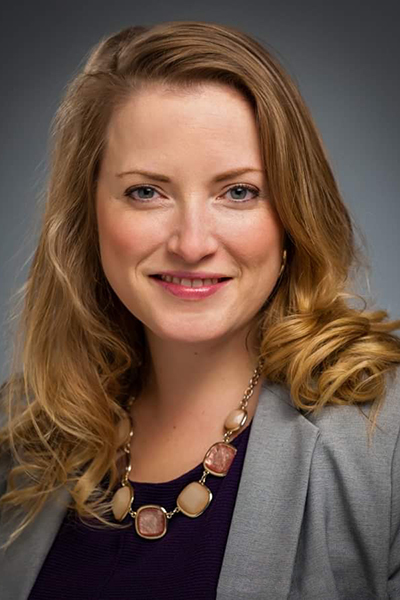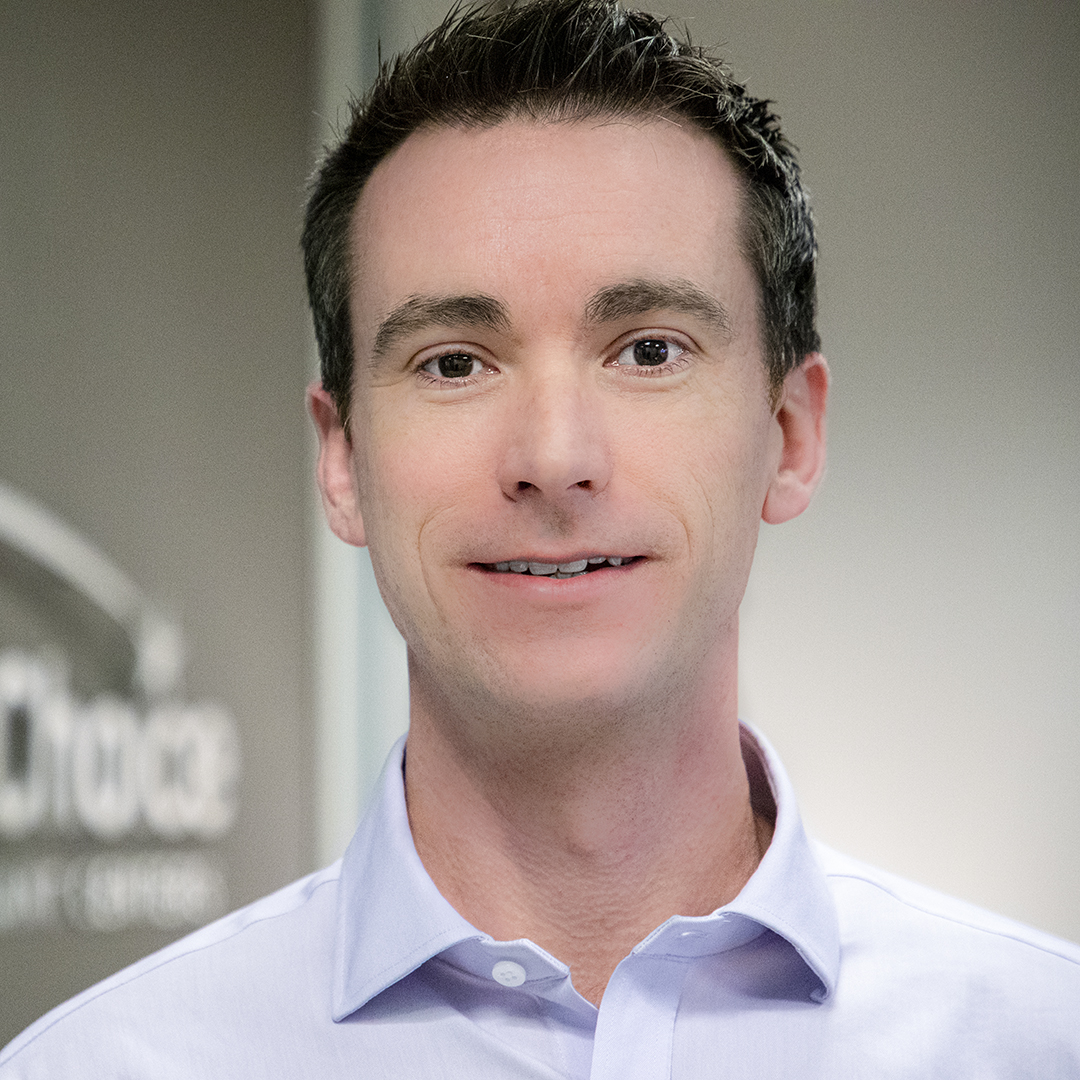|
Getting your Trinity Audio player ready... |
When Erin Coffey was nineteen years old, she had a job in patient access, registering patients for imaging. She saw her boss constantly responding to complaints from both staff and leadership. “I remember thinking, ‘Who would want this job?’” she says, laughing.
Years later, to her own surprise, Coffey chose a role dedicated to patient access at Asante, a healthcare provider for nine counties in southern Oregon and northern California. There, she serves as director of revenue cycle and patient access. “The patient relationship is the start of healthcare,” she says. And her job is to decrease barriers for patients.

Choosing patient access over more black-and-white areas, like compliance, is not the first adjustment Coffey has made in her career in healthcare. Growing up, she explains, she accompanied her chronically ill grandmother to medical appointments. “Her complaints were never taken seriously. I decided I would be a doctor,” Coffey says, adding that she was inspired by a desire to treat patients better.
It came as a shock when, after earning a scholarship for a pre-med degree, she joined a hospital rotation and discovered a deep aversion to blood and needles. “How will I be a doctor if I can’t handle blood and needles?” she remembers thinking. Happily, Coffey eventually discovered other pathways into supporting patients.
Since taking the role at Asante in January of 2018, she oversees revenue cycles for preservice patient experience. This includes referrals and authorizations and new systems that have decreased imaging registration from an average of five minutes to just two. With the support of her boss, Greg Wojtal—a man she credits with helping her discover her own capacity instead of delineating limits for her—she has launched a patient financial advocacy team.
Using Wojtal’s experience and ability to ask great questions, Coffey designed a structure to bring financial advocacy closer to the patients that need it. After a great deal of cross-training, Asante can now support dual Medicaid/Medicare enrollment and financial assistance applications on-site, a huge help to many patients.
“I’m focused on how to support with people today,” she says. She leaves policy to others, instead considering how to help patients navigate current realities. “Not all patient and family experiences are the same,” she says. She understands the complex response needed to support Asante’s range of users. Coffey partners with Healthcare Business Insights (HBI) to help unify the training. She also relies on modules from HBI to help achieve this goal and drive value-based decisions. “They encourage the greater purpose of healthcare,” she says.
Beyond representing Coffey’s dedication to patients, the patient financial advocacy team originates from an exciting cultural shift happening across Asante. Coffey says that in 2019 Scott Kelly shifted roles and became president and CEO. In this capacity he is asking the organization to reevaluate how to remove barriers for Asante’s patients and community.
“The patient relationship is the start of healthcare.”
Understanding a need to fight silos, she explains that previously, there was a traditional “not my circus not my monkeys” attitude across departments with people not wanting to rock the boat or share fault. “That idea will not help patients,” she says. “Now, if there is an error, we all work together.”
“Changing human behavior is exhausting—and it’s wonderful,” says Coffey, laughing. She also describes leadership’s push to encourage people to ask for help—something that can be challenging but is important for employees to feel safe in doing.
She uses a recent scheduling difficulty as an example, explaining that, with all hands on deck, she was able to use new tech solutions and generate ideas that she might not have come up with on her own. “My background is more volume, more people,” she explains. She’s thrilled to be in an environment that prioritizes not only patient ownership of health, but new modes of problem-solving. She is being encouraged to think collaboratively and like a business owner, and also asks her team to work that way.
“Asante is remarkable,” she says. “The executives live and breathe the mission. There is passion, from the cafeteria workers to the directors.” She includes her own team in this description: the 180 staff members who work in patient access and the nine patient access leaders. “They bring great dreams and hard work to their roles,” she says. This year, the patient access leaders are focused on “separating opinion from fact” and, with Coffey’s guidance, developing individual goals to tackle.
Though she does not have MD after her name, Coffey does have MBA/MPA and uses that knowledge, and the knowledge of the entire Asante team, to deliver the healthcare experience she wishes her grandmother had. Coffey knows that she only hears about things when they don’t work. But for the patients, that is the way she wants it. “If we do it right it will be seamless,” she says.

